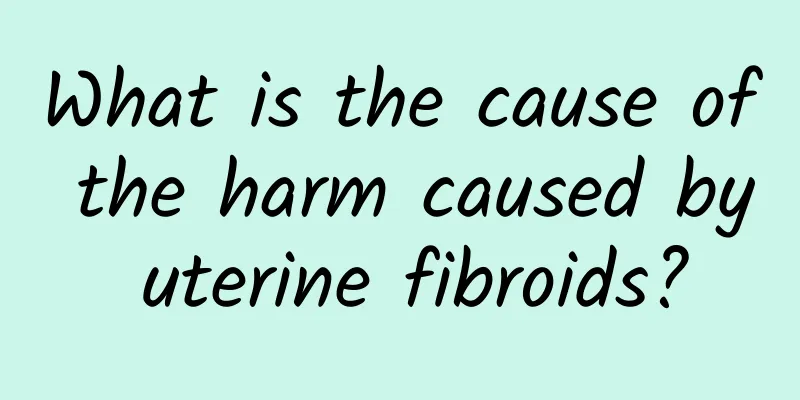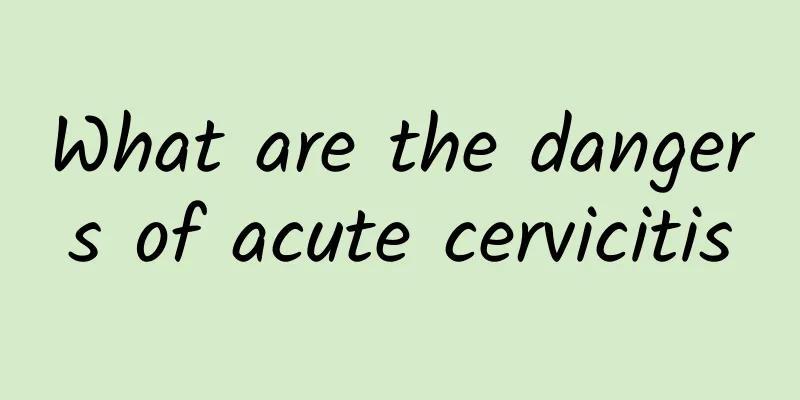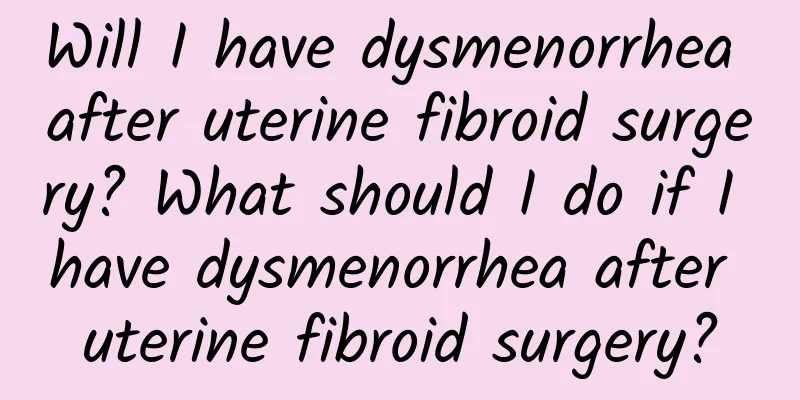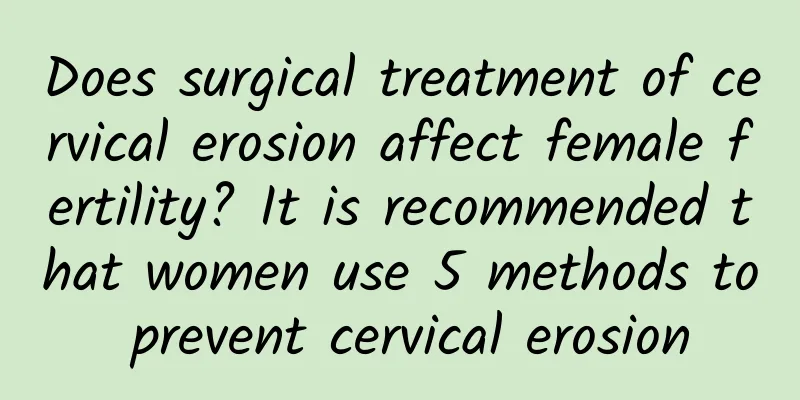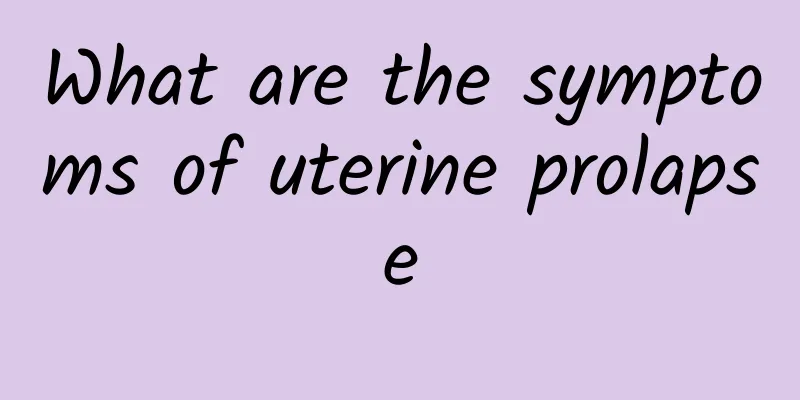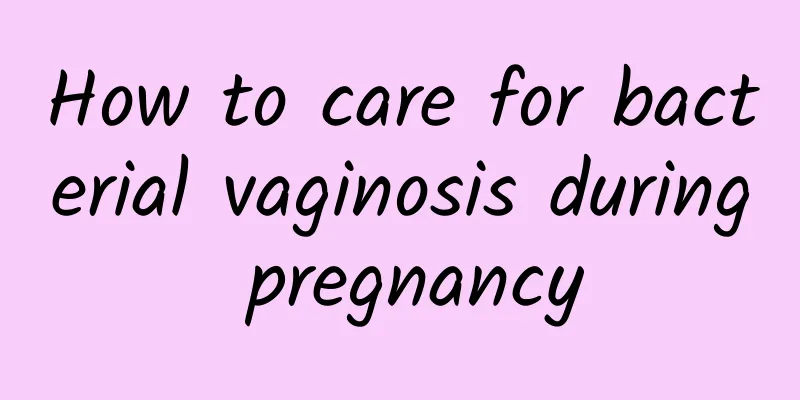What are the symptoms of endometriosis?
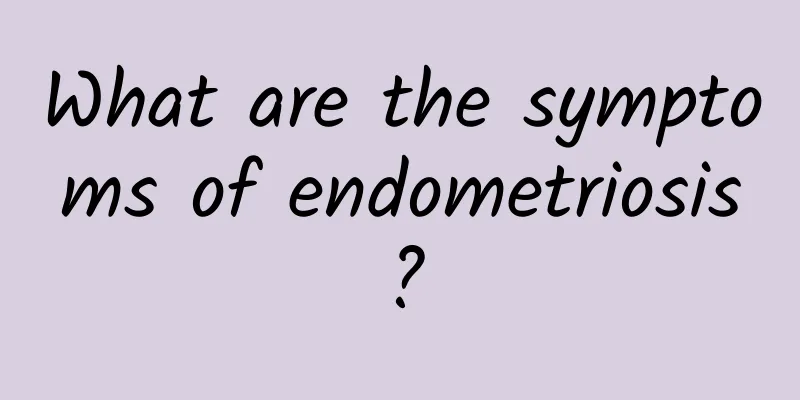
|
Endometriosis is a common gynecological disease in women caused by the implantation of active endometrial cells outside the endometrium. Endometrial cells should grow in the uterine cavity, but because the uterine cavity is connected to the pelvic cavity through the fallopian tube, endometrial cells can enter the pelvic cavity through the fallopian tube and grow ectopically. Symptoms of endometriosis vary from person to person, but common symptoms include: 1. Secondary and progressive dysmenorrhea: This is the most typical symptom of endometriosis. About 60% to 80% of patients suffer from dysmenorrhea. The pain is mostly in the middle of the lower abdomen and the lumbosacral region, but the pain can radiate to the perineum, anus and thighs, presenting as a heavy and distending pain. It usually occurs 1 to 2 days before menstruation and reaches its peak on the first day of menstruation. Most of the pain is severe and requires bed rest or painkillers, which gradually ease after menstruation. 2. Menstrual disorders: often manifested as increased menstrual flow, prolonged menstrual period or premenstrual spotting. Some patients may even experience decreased menstrual flow. 3. Pain during sexual intercourse: It usually manifests as deep pain during sexual intercourse, and the pain is most obvious before menstruation. 4. Periodic bladder irritation symptoms: When the lesion involves the bladder peritoneal folds or invades the bladder muscle layer, symptoms such as urgency and frequent urination during menstruation will appear at the same time. If the lesion invades the bladder mucosa, bladder endometriosis will cause periodic hematuria and pain. 5. When ectopic endometrium grows in any part outside the pelvic cavity, periodic pain, bleeding, and lumps may occur locally, along with corresponding symptoms. 6. Severe abdominal pain: When an ovarian endometriosis cyst ruptures, it can cause sudden severe abdominal pain, accompanied by nausea, vomiting, and anal distension. It is similar to ectopic pregnancy rupture, but there is no intra-abdominal bleeding. If you suspect you may have endometriosis, you should seek medical attention and treatment in time. At the same time, maintaining good living habits and personal hygiene is also one of the important measures to prevent endometriosis. |
<<: Symptoms of pregnancy and menstruation
>>: How to treat mild cervical erosion
Recommend
What lifestyle habits lead to uterine fibroids?
Uterine fibroids are a common gynecological disea...
How to clean vaginal inflammation yourself
How to clean vaginitis yourself? There is no scie...
Is bleeding caused by cervical erosion serious? How to treat and prevent cervical erosion in women?
In life, when patients suffer from cervical erosi...
How to treat postmenopausal adenomyosis
Adenomyosis often occurs between the ages of 35 a...
What are the serious hazards of cervical warts in women?
What are the harms of suffering from cervical war...
How much does it cost to have surgery for bacterial vaginosis?
Will the cost of bacterial vaginitis examination ...
Symptoms of uterine fibroids What are the dangers of uterine fibroids
Although according to statistics, at least 20% of...
Are there any symptoms of congenital absence of vagina?
There are many clinical symptoms of congenital ab...
Does abnormal leucorrhea affect pregnancy?
Abnormal vaginal discharge and inflammation can i...
Why does cervical erosion recur?
If women suffer from chronic cervicitis and do no...
A must-see for noodle lovers! How to eat noodles to lose weight? When is the best time to eat noodles?
A must-see for noodle lovers! Many women are afra...
Can drinking coffee to stay awake and help you lose weight? Research: Caffeine can burn brown fat, and these two tricks can help burn fat
For many people, drinking a cup of coffee every d...
What are the sequelae of premature ovarian failure?
What are the sequelae of premature ovarian failur...
TCM treatment of uterine fibroids
Uterine fibroids are not unfamiliar to you. The i...
What should patients with cervical erosion pay attention to?
What should patients with cervical erosion pay at...

